Choosing the right fitting horse halter and head collar is paramount for your horse’s safety, comfort, and overall well-being.
As a horse owner, it’s fundamental to understand the difference between head collars and halters, as well as how to properly measure and select the appropriate size for your horse.
In this article, we will provide you with tips and guidelines for selecting the correct size and fit for both halters and head collars.
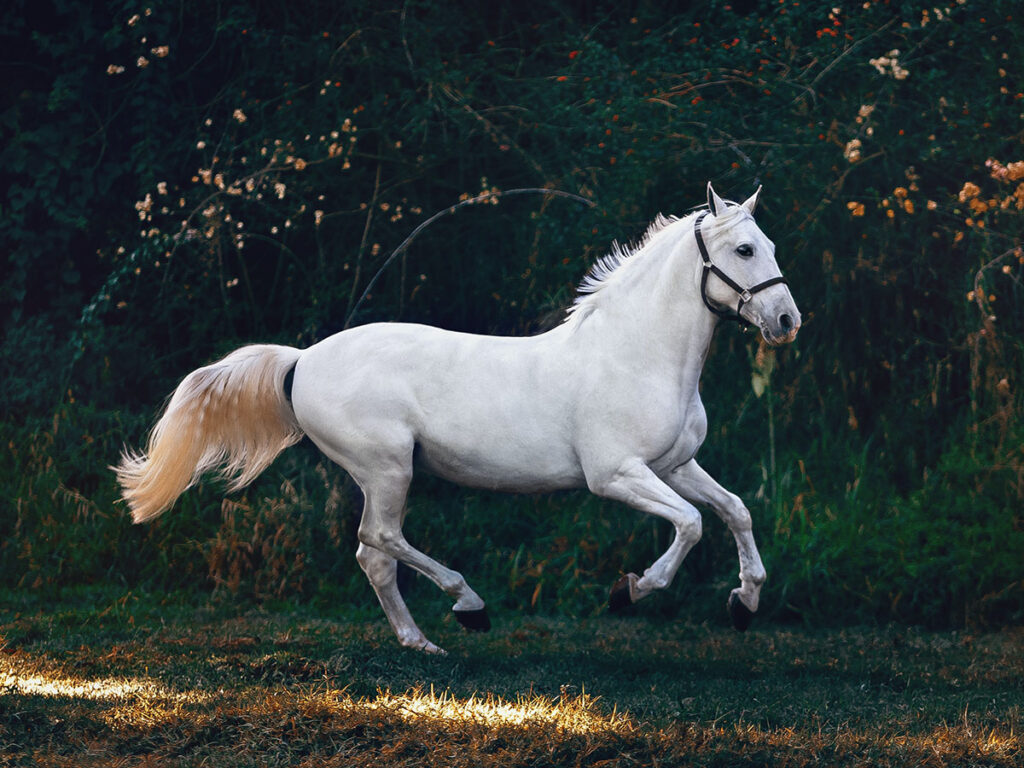
Understanding the Difference between Head Collars and Halters
It’s beneficial to understand the main differences between a head collar and a halter horse, as they serve different purposes.
A halter is primarily used to tie up a horse, while a head collar is used for leading and training. A head collar fits around the horse’s head and nose, providing more control and pressure on the horse’s face.
In situations where you need more control over your horse, such as during in-hand training, a head collar is a more appropriate choice. On the other hand, halters are typically used for tying up your horse, grooming, or when taking your horse on a walk.
Taking your specific needs into consideration will help you choose the right halter or headcollar depending on your requirements.
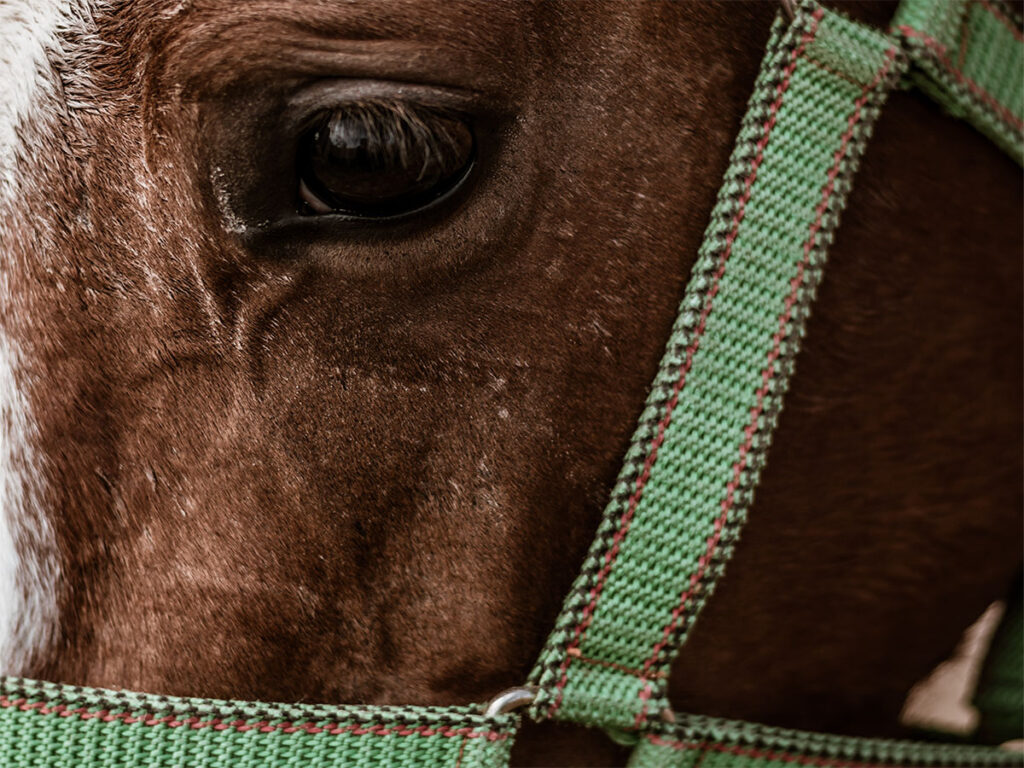
Determining the Correct Halter Size for Your Horse
Selecting the correct size of halter is essential for your horse’s comfort and safety. A halter that is too tight can cause discomfort and even injury, while a halter that is too loose may slip off or become a hazard.
To determine the correct halter size for your horse, you can follow these simple steps:
- Measure the distance from the base of your horse’s ear to the corner of their mouth using a measuring tape.
- Take note of the measurement in inches or centimetres.
- Add two inches or five centimetres to the measurement to find the correct halter size.
It’s key to note that horses come in various shapes and sizes, and some may require unique measurements.
For instance, horses with wider muzzles may need a larger halter size than those with narrower muzzles. In such cases, it’s recommended to consult with a professional or seek advice from an experienced horse owner.
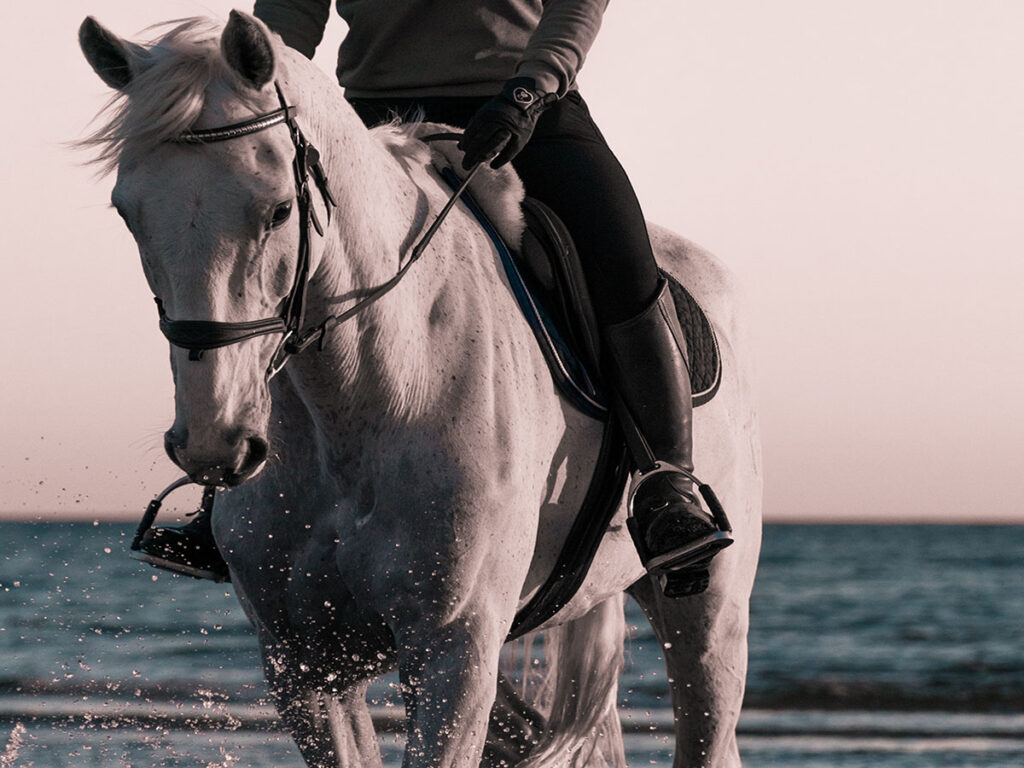
Choosing the Appropriate Halter Size for Your Horse
When selecting a halter size, it’s important to take into consideration your horse’s weight and breed. Different breeds have varying head sizes and shapes, which can affect the halter size needed.
To choose the appropriate halter size for your horse, start by using the measurements you took in the previous section to determine the size needed. Average-size halters usually fit horses that weigh between 800 to 1100 pounds, while larger-size halters are suitable for larger breeds that weigh between 1100 to 1600 pounds.
It’s essential to make sure that the halter fits your horse properly. A well-fitted halter should fit snugly around the horse’s head without being too tight or too loose.
To ascertain whether the halter fits correctly, make sure you can comfortably fit two fingers between the halter and your horse’s skin.
It’s worth noting that halters come in various sizes, and different brands may have slightly different sizing guidelines. Therefore, it’s always recommended to refer to the manufacturer’s sizing chart when purchasing a halter.
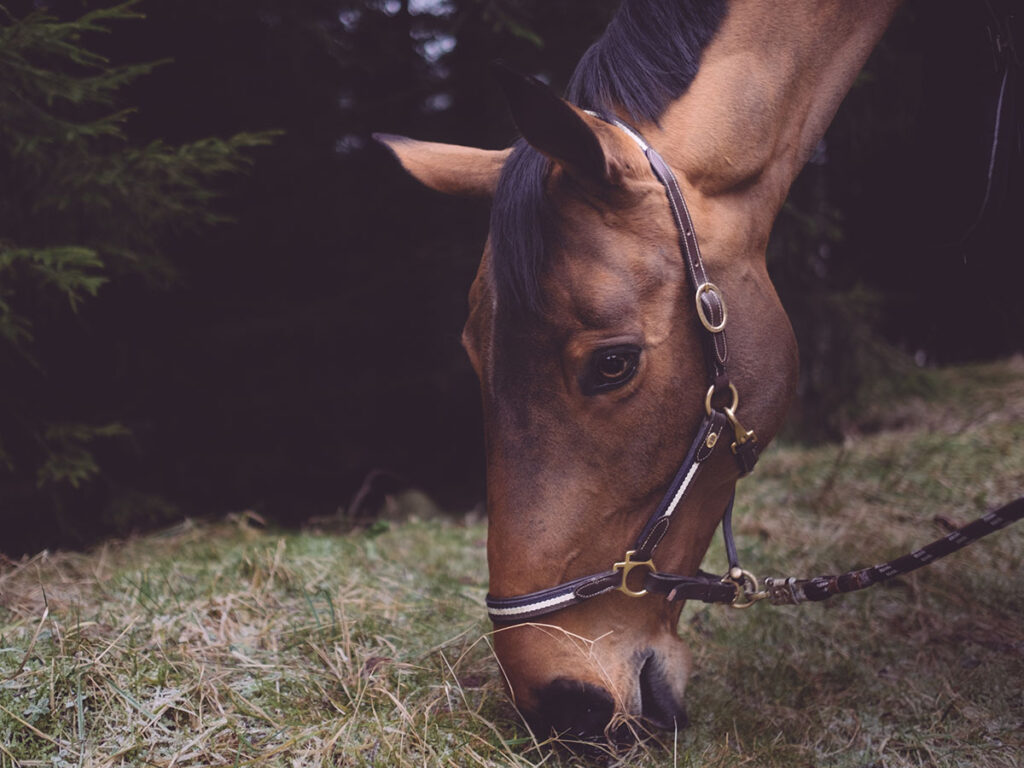
Guidelines for Measuring for a Head Collar
Head collars are a popular alternative to traditional halters and are often used for training and leading horses.
Like halters, it’s crucial to select the correct head collar size for your horse’s comfort and safety.
To determine the correct head collar size for your horse, you can follow these simple steps:
- Measure the circumference of your horse’s nose, approximately one inch below the cheekbone.
- Take note of the measurement in inches or centimetres.
- Add two inches or five centimetres to the measurement to find the correct head collar size.
Again, horses come in different shapes and sizes, and some may require unique measurements. For instance, horses with larger or wider noses may need a larger head collar size than those with smaller noses.
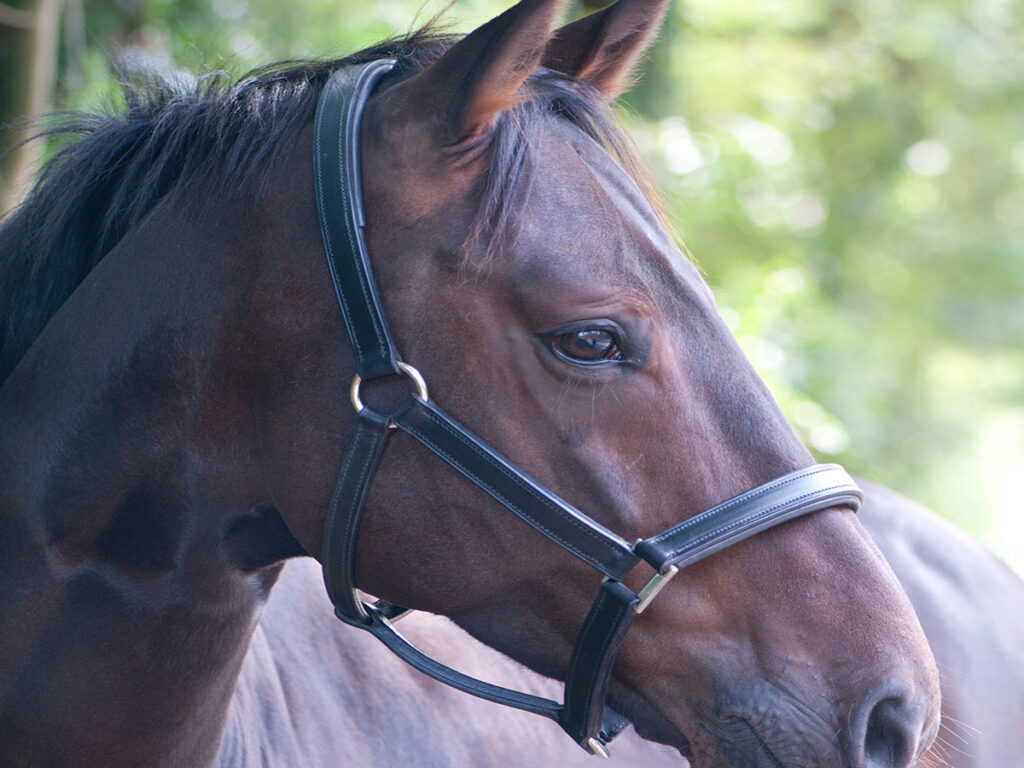
Determining the Correct Head Collar Size and Fit for Your Horse
Once you have measured your horse’s head to determine the correct head collar size, you will need to ensure that the head collar fits your horse correctly for optimal safety and comfort.
Here are some guidelines to follow:
- Make sure the head collar sits comfortably on the horse’s head, without causing any discomfort or irritation.
- The noseband should sit snugly, but not too tightly, around the horse’s nose.
- The head collar should not slip over the horse’s eyes or slide too far back on the horse’s head.
- The throat latch should be adjusted to allow for enough room for your horse to breathe freely.
It’s valuable to remember that adjusting a head collar’s fit may require some trial and error, especially if your horse has a unique head shape or size. Make sure to take the time to adjust the head collar’s fit to ensure that it is secure and comfortable for your horse.

Tips for the Right Size Halter and Head Collar:
Now that you have a better understanding of the differences between head collars and halters, as well as how to determine the correct size for your horse, it’s important to know how to choose the right size halter and head collar for your horse.
When selecting a halter, it’s important to choose the appropriate size based on your horse’s weight and breed. You can use the guidelines discussed earlier in the article to determine the right size for your horse.
It’s also essential to check if the halter fits correctly by ensuring that it sits comfortably on your horse’s head and doesn’t cause any discomfort or irritation.
For head collars, it’s crucial to measure your horse’s head to determine the correct size. You can use the step-by-step instructions discussed earlier in the article to measure your horse’s head. Once you have the correct measurement, it’s essential to choose a head collar that fits your horse securely and comfortably, according to the guidelines discussed.
When it comes to pony headcollar sizing, you will need to select a head collar that is specifically designed for ponies. These headcollars come in smaller sizes to accommodate ponies’ unique head shapes and sizes.
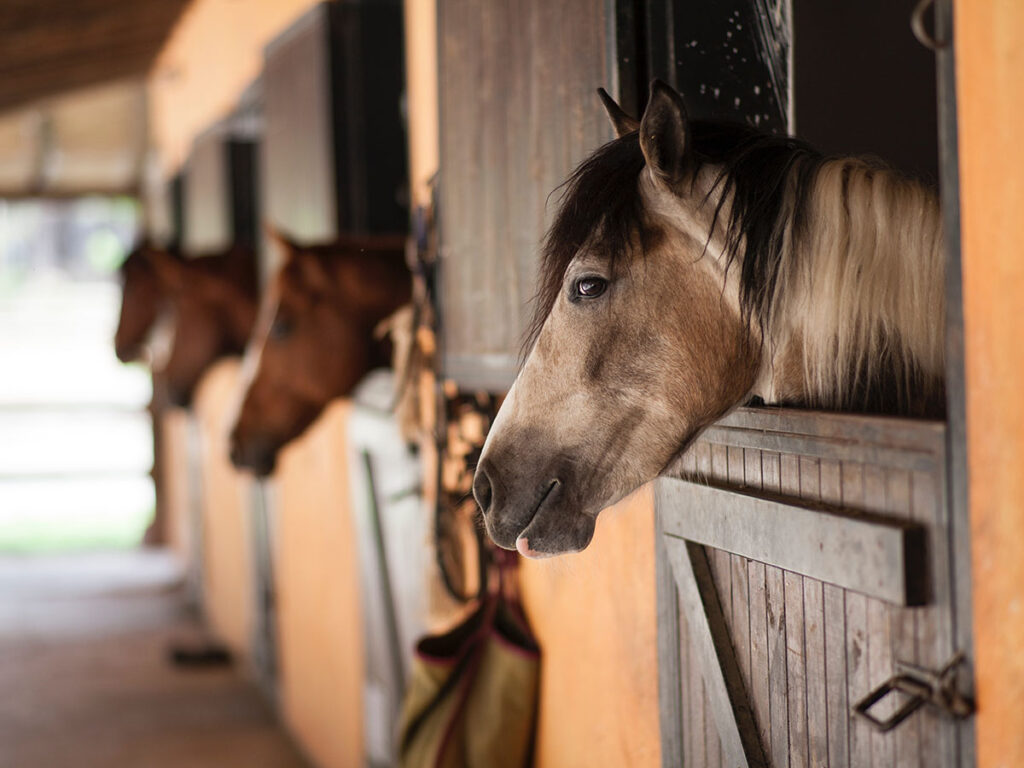
In conclusion, selecting the right horse halter and head collar is a high priority for your horse’s safety and comfort. It is vital to understand the differences between head collars and halters, and the situations in which each is most appropriate. When it comes to selecting the correct size and fit for your horse, taking accurate measurements is key.
For halter sizing, guidelines should be followed based on the horse’s weight and breed. For head collar sizing, the correct measurement of your horse’s head should be a sufficient method.
It is important to note that horses with unique head shapes or sizes may require special considerations. Adjusting the fit of the equipment is also necessary for optimal safety and comfort.




